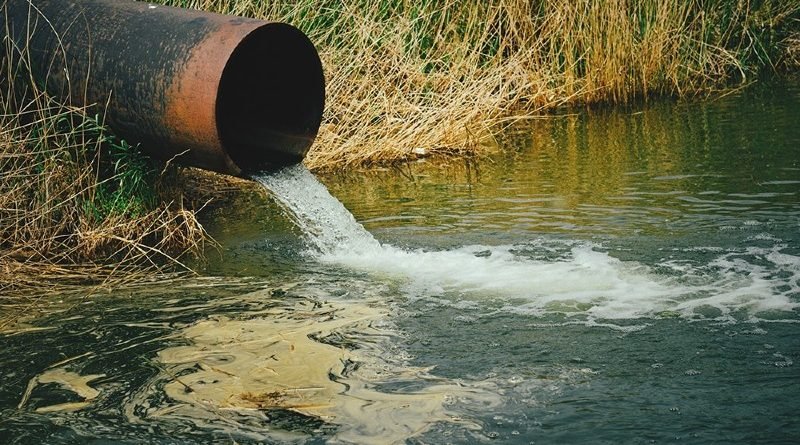Health Effects Of Camp Lejeune Water Contamination
Camp Lejeune water contamination has been a hot topic in recent months. The base has been contaminated with higher-than-safe levels of lead, arsenic, and other chemicals for years. The exposure has caused health problems for many former service members and their families. Here is an overview of the health effects of Camp Lejeune water contamination.
How did the water get contaminated?
Many different water sources feed into the water supply at Camp Lejeune, including river water, well water, and water from private wells. Most of the contamination came from a private well used by a laundry company on the base in the 1950s. That well was later closed, but contaminated groundwater remained in the soil and water around the base.
How have the toxins affected people?
Exposure to these substances can cause a number of different health impacts, depending on the person’s individual risk factors and level of exposure. Some common health effects include miscarriages, low birth weight babies, stillbirths, infertility, and birth defects.
Exposure may also lead to increased rates of chronic health conditions such as diabetes, hypertension, high cholesterol, obesity, kidney disease, and heart disease. Reports even showed the water lead to bladder cancer in some cases. Many people also experienced gastrointestinal issues, headaches, fatigue, and memory loss. Long-term exposure to these chemicals can have serious health consequences for both children and adults.
What Toxins were found in the water?
Testing conducted by the Marine Corps has shown the contaminants found in the compound include: lead, arsenic, copper, chloroform, benzene, formaldehyde, methyl tertiary-butyl ether (MTBE), tetrachloroethylene (PCE), trihalomethanes (THMs), and volatile organic compounds (VOCs). Most of the contamination was found in the tap water used for drinking and cooking purposes, but some were found in the base’s drinking water fountains.
Each of these substances can cause serious harm when ingested or inhaled, particularly at high levels. Lead is particularly harmful to the nervous system, especially for children and pregnant women. Benzene is a toxic substance that can cause damage to the liver and the bone marrow if ingested in large quantities over a long period of time.
Exposure to PCE can cause anemia and liver toxicity, as well as central nervous system depression. Long-term exposure to MTBE can damage the liver and kidneys and cause hormonal imbalances in both men and women. THMs are a group of chemicals that form when chlorine reacts with organic materials in water to form byproducts that are harmful if ingested in large quantities. VOCs are organic chemicals that can be found in the paint used for buildings on the base and can irritate the eyes and skin if they come into contact with them.
One chemical in particular—perfluorooctanoic acid (PFOA)—was found at the base at extremely high levels. Studies have shown that PFOA can cause tumors and an increased risk of cancer in humans when it is absorbed into the body through food, drink, or smoke.
Exposure to this chemical can also affect the immune and reproductive systems as well as the nervous system. PFOA has been used in the manufacture of greaseproof paper and non-stick cookware as well as in the manufacturing of firefighting foams.
These materials can release small amounts of the chemical into the air when they are heated or washed. The Marine Corps is currently developing a long-term plan to reduce levels of PFOA at its facilities throughout the country. In the meantime, the base has taken several steps to reduce the amount of PFOA in its water to help protect the health of its personnel and their families.
Conclusion
Water quality is an important issue wherever people live or work, and contaminated water supplies can seriously impact human health. Environmental factors and human activities such as industrial processes and waste disposal practices can all lead to increased contaminants in the water we drink and use daily. Drinking contaminated tap water can trigger serious illness in children and lead to long-term health problems in adults while swimming in polluted waters can cause ear infections and other health problems.
Instances like Camp Lejeune’s ongoing tragedy are preventable. There are steps that governments can take to ensure that drinking water is safe for everyone in the community, including investing money in the infrastructure needed to collect, treat, and distribute clean water, installing adequate water treatment systems in homes and businesses, and encouraging water conservation and recycling programs. Government officials and community leaders should work together to tackle the problem of water pollution and make their communities safer places to live.

